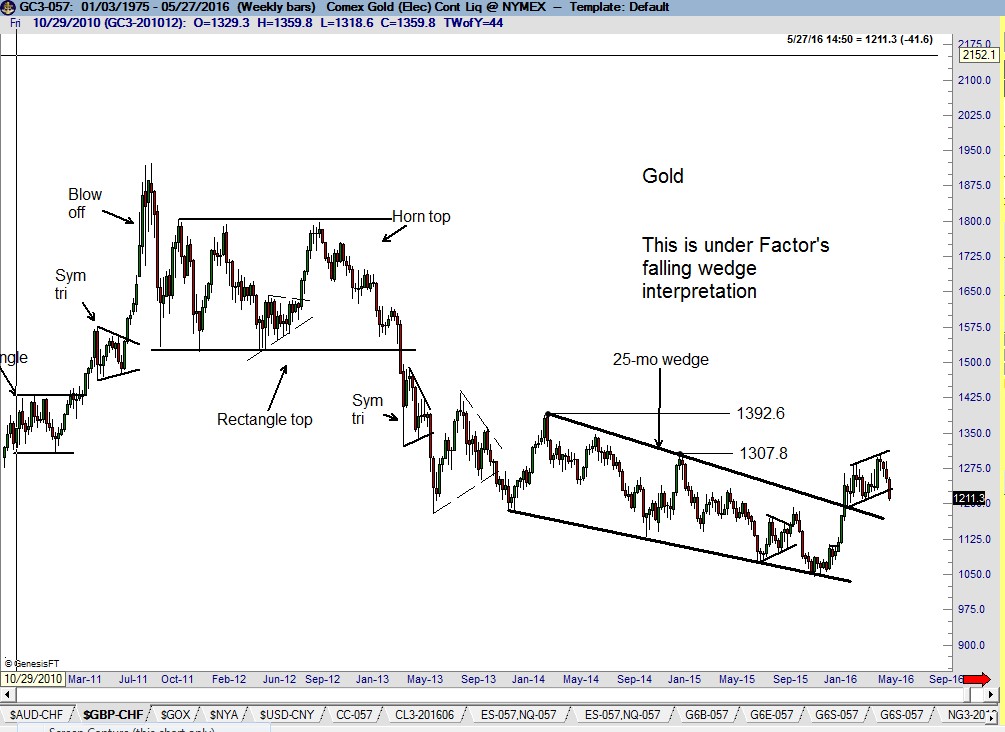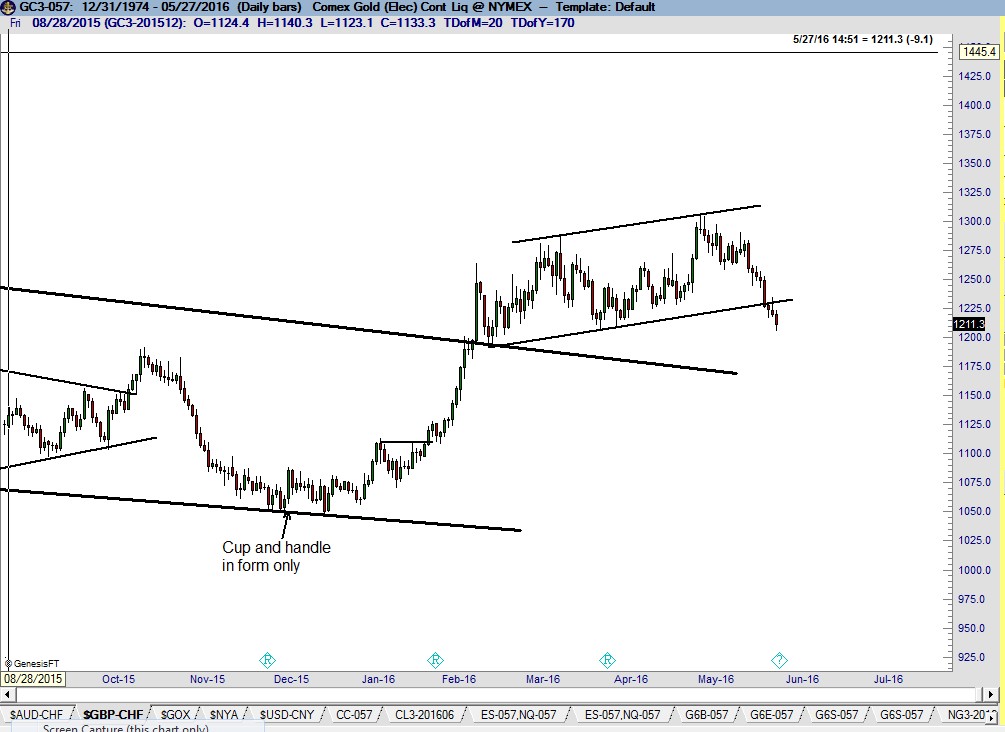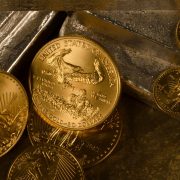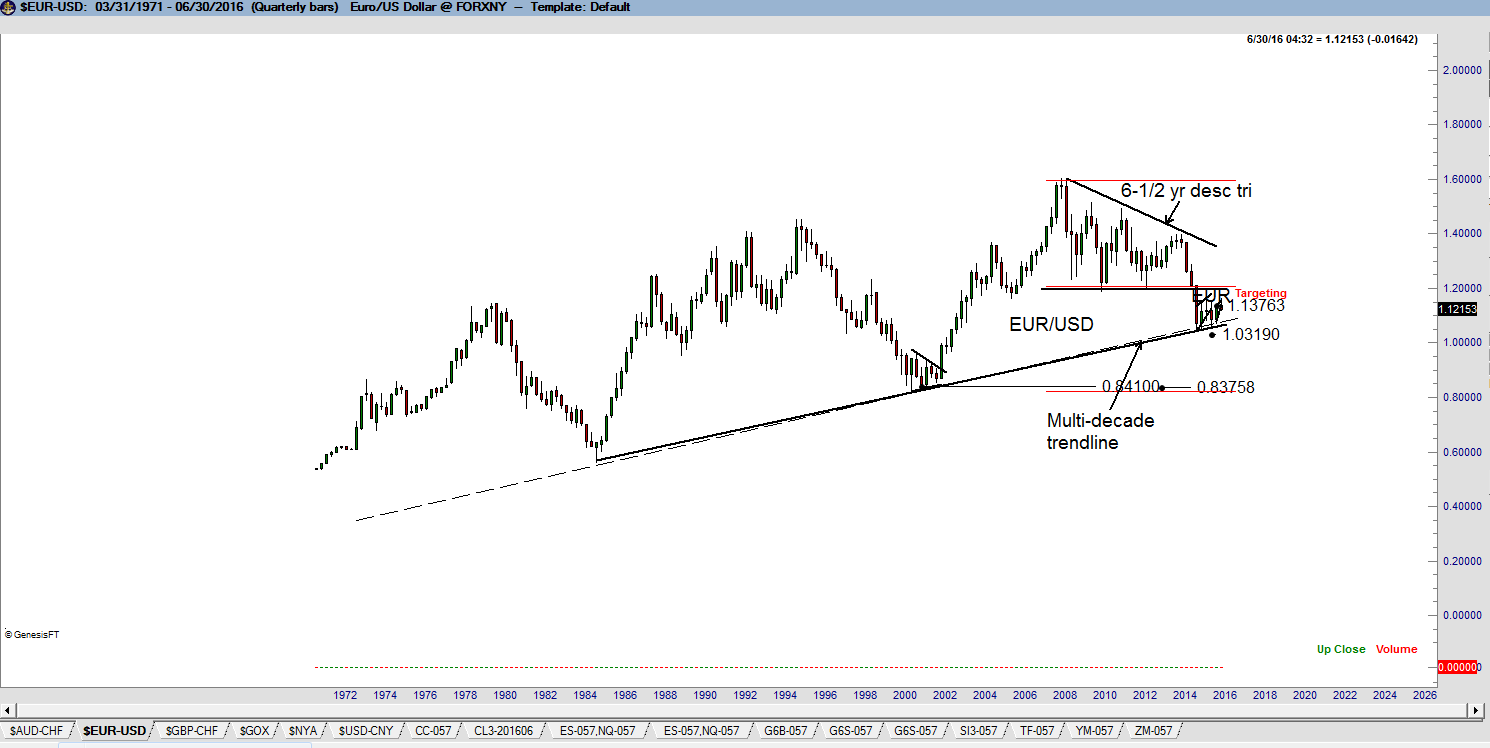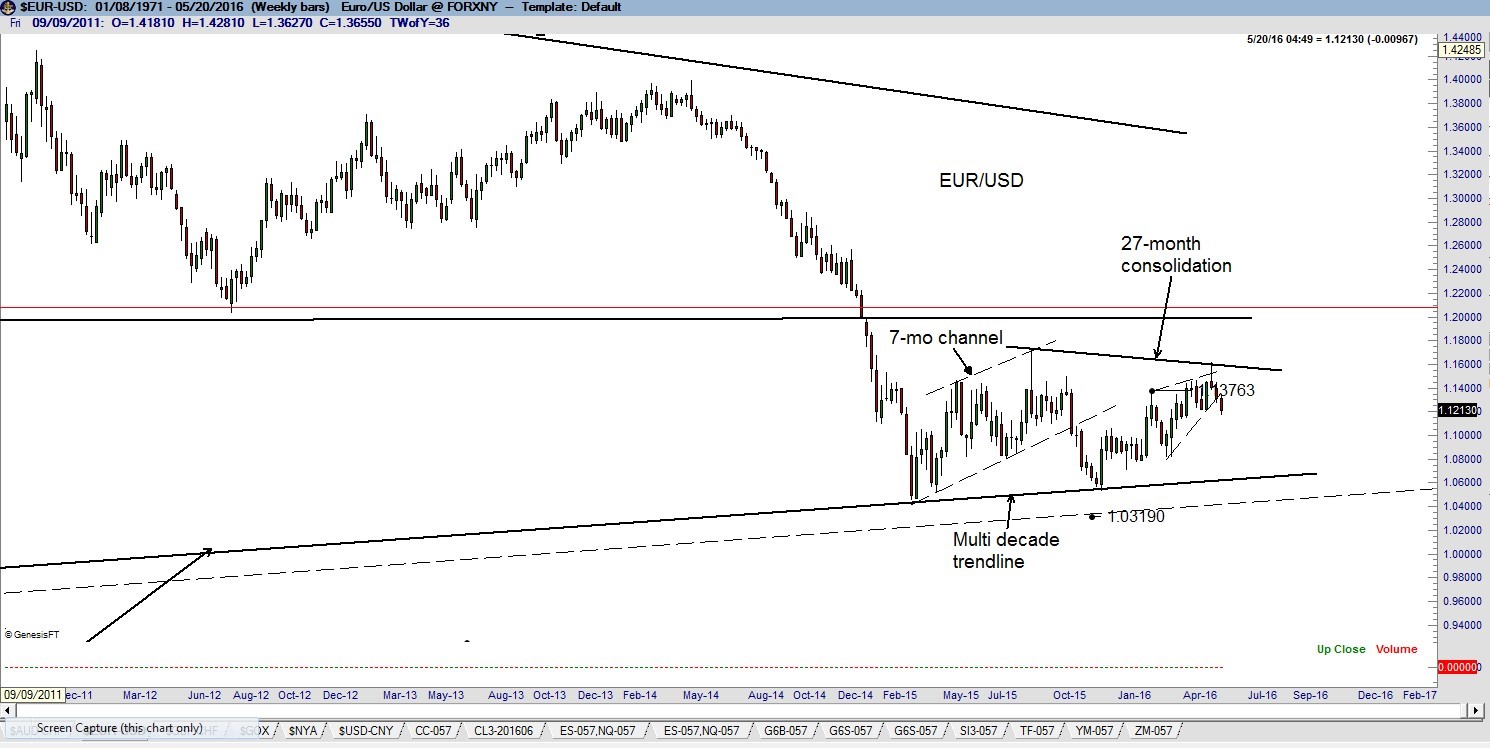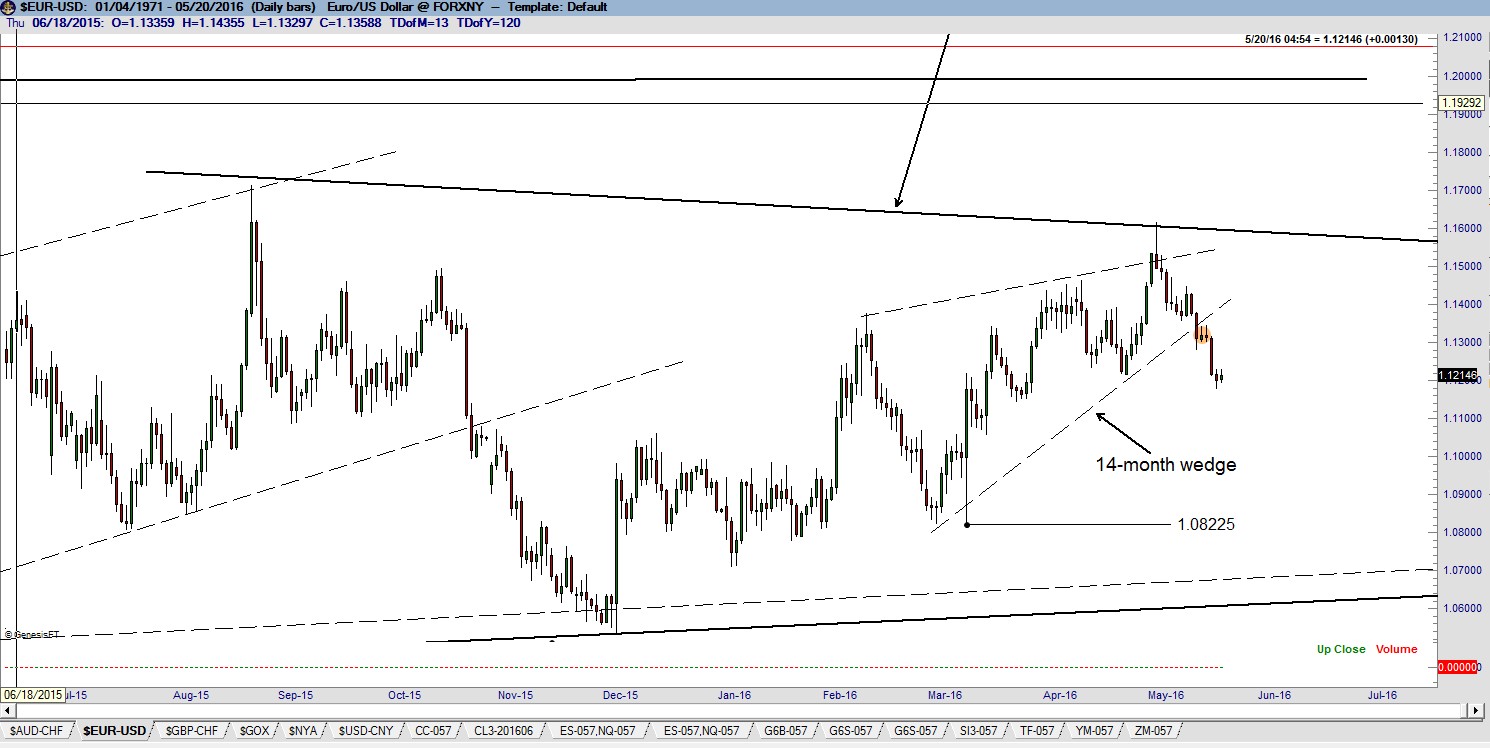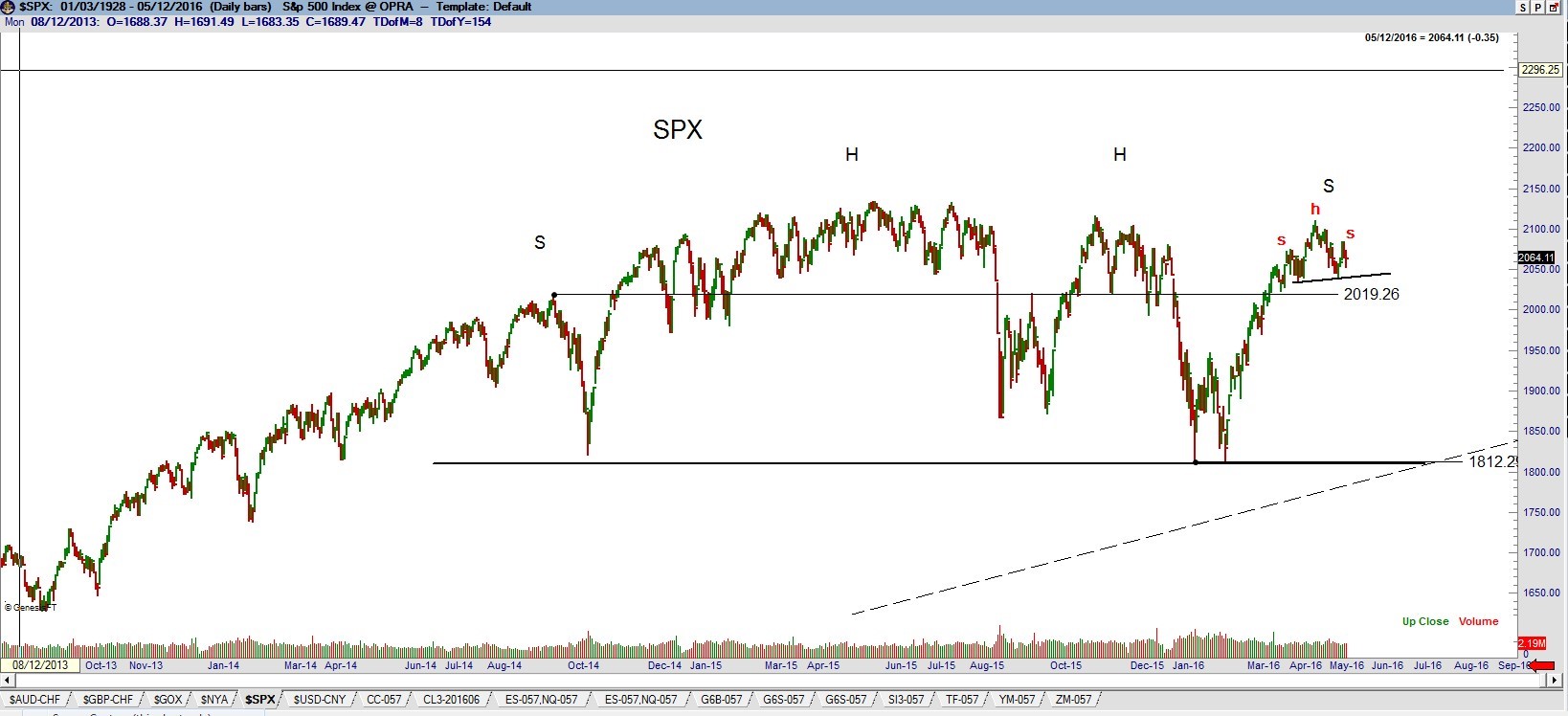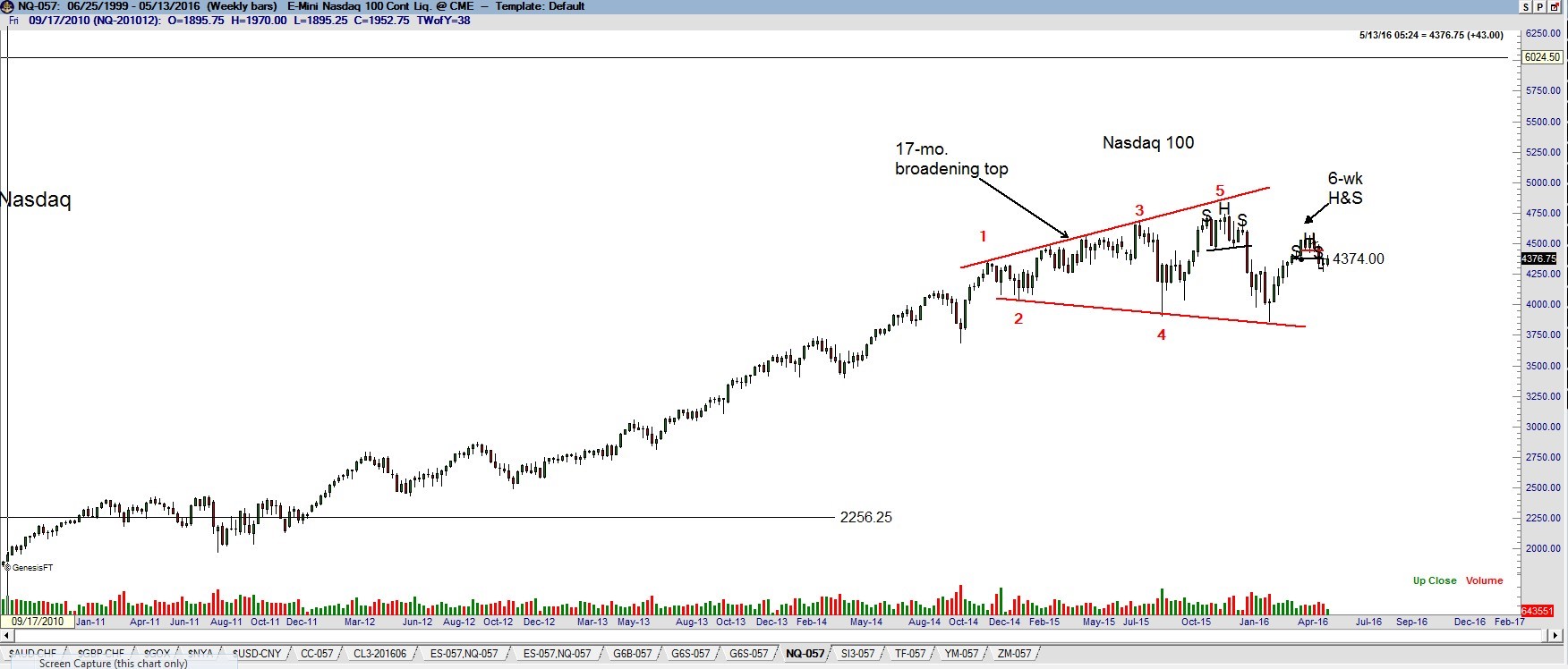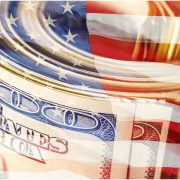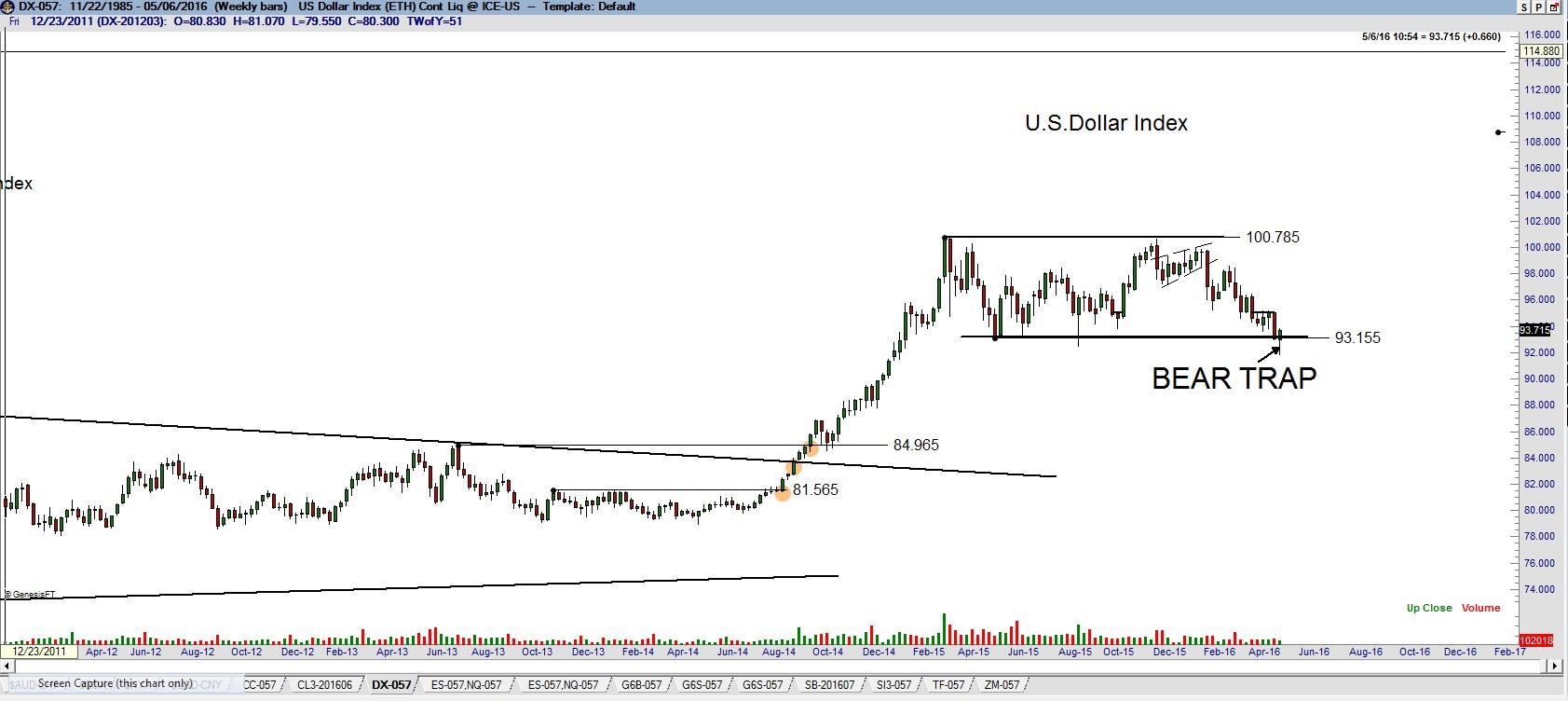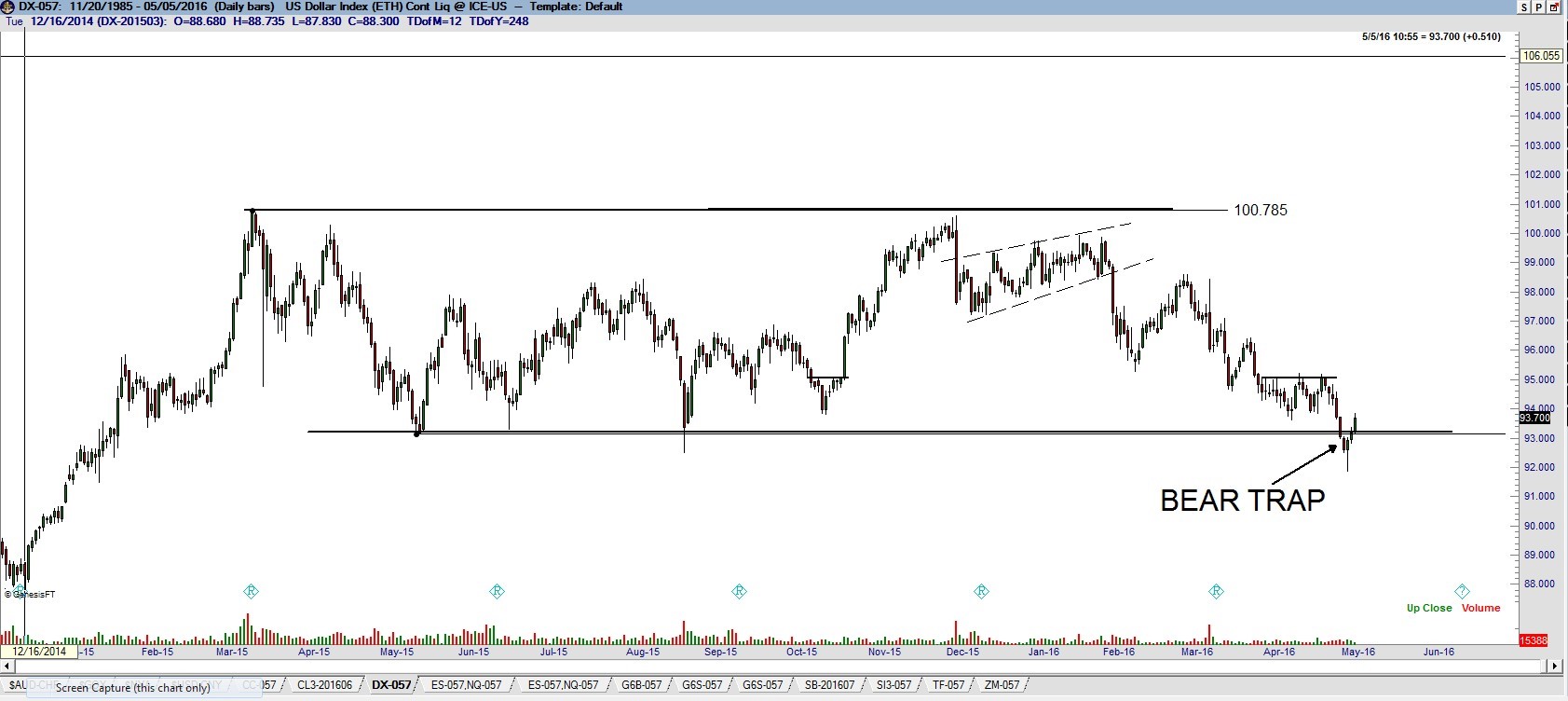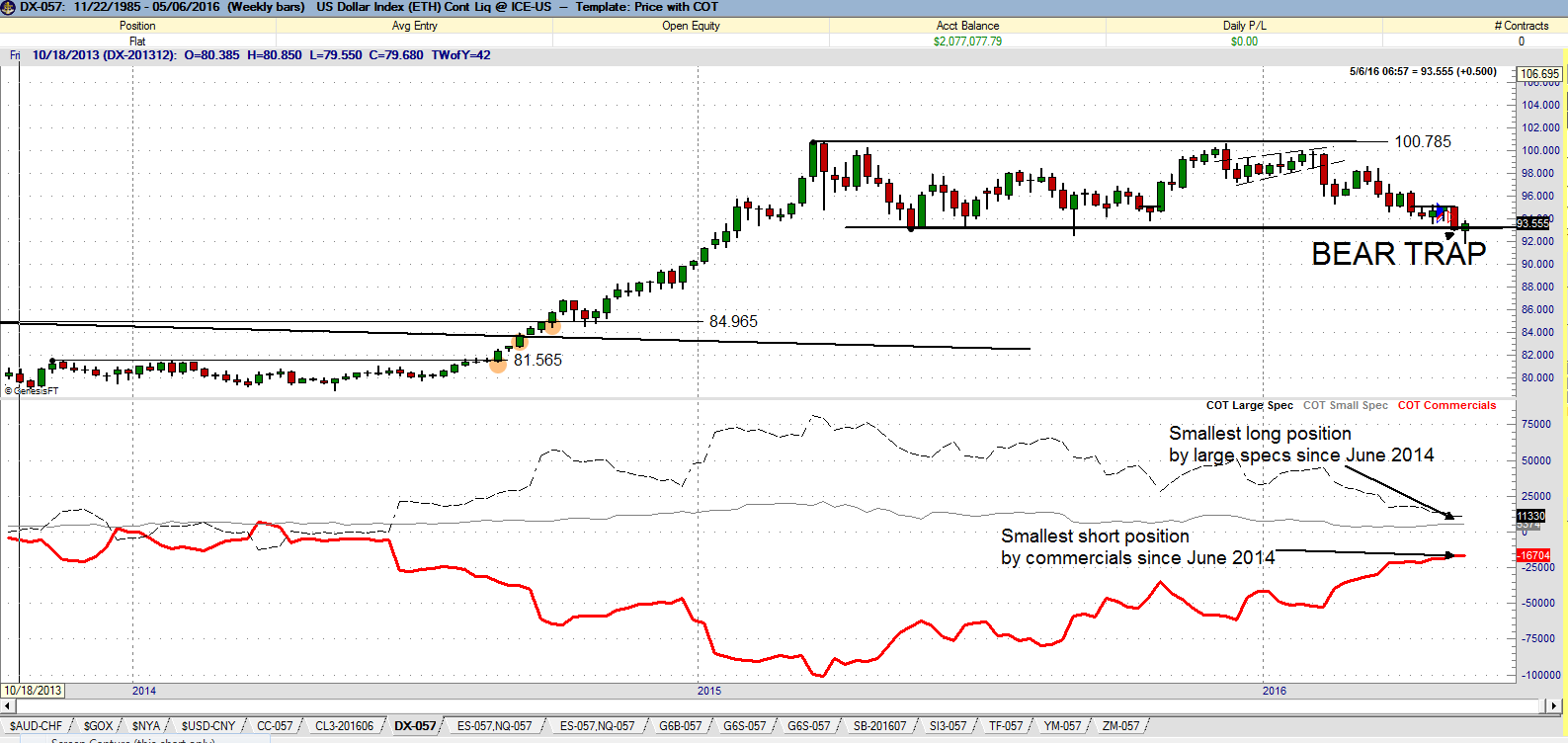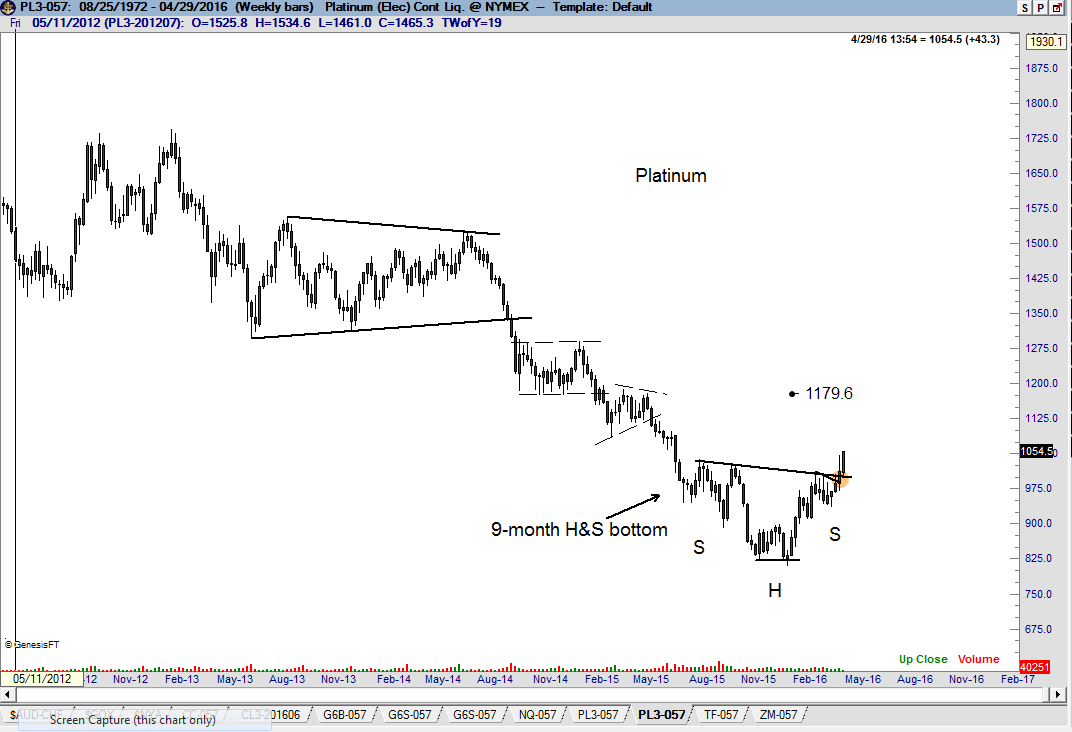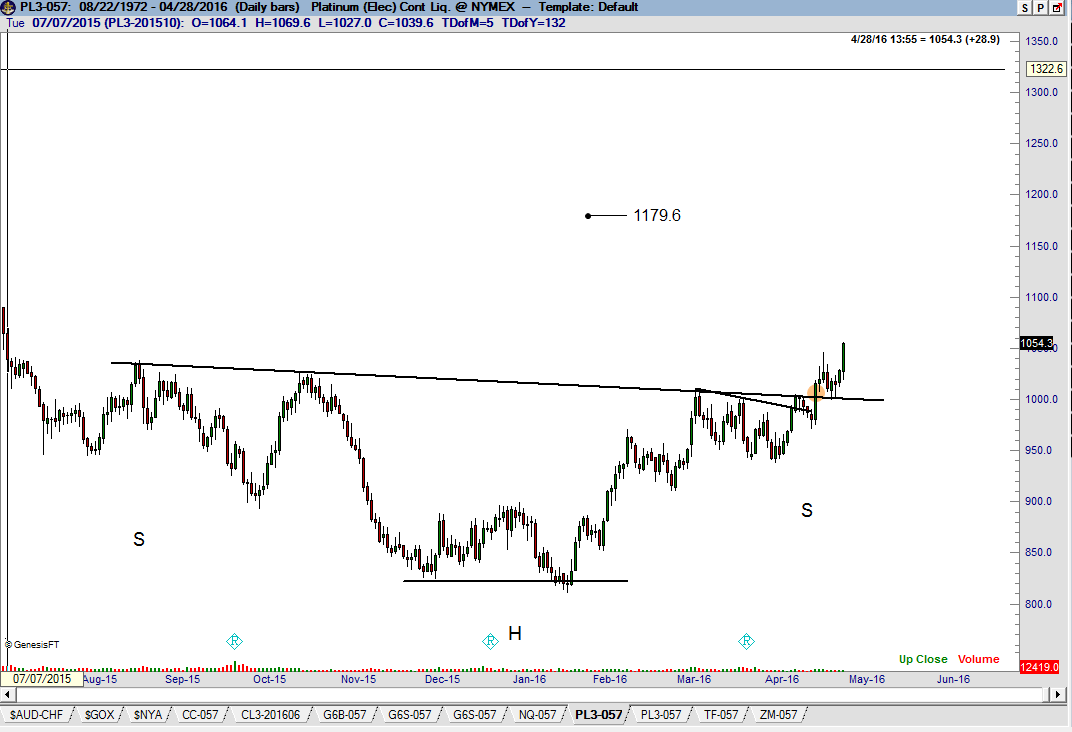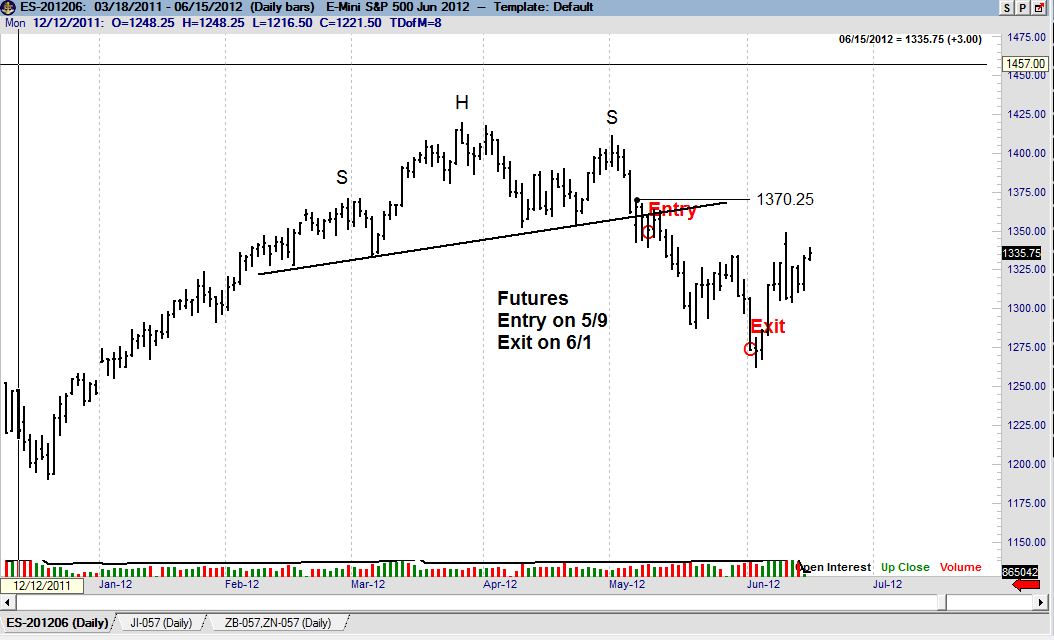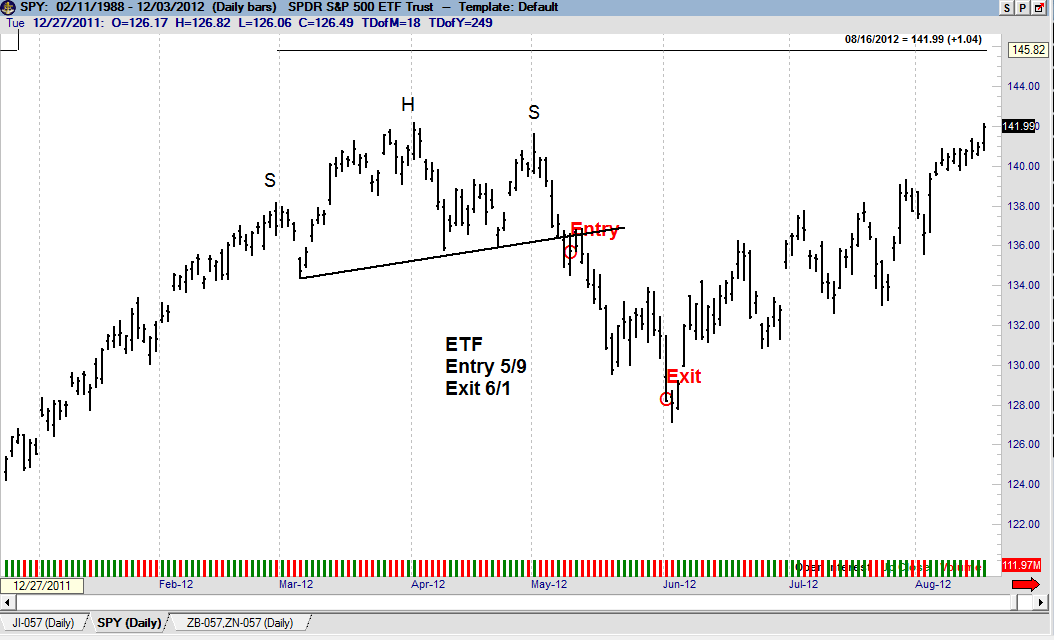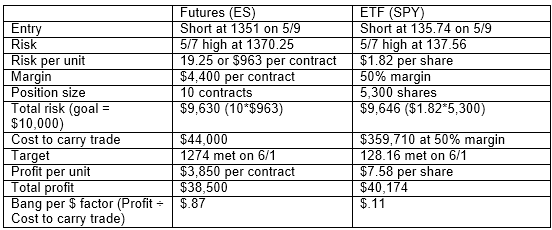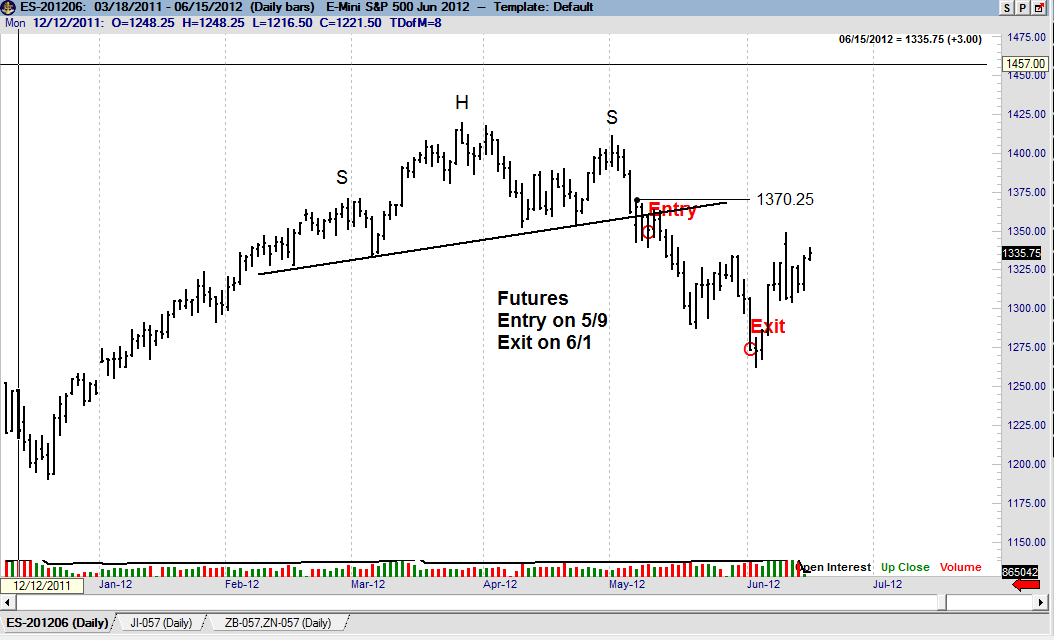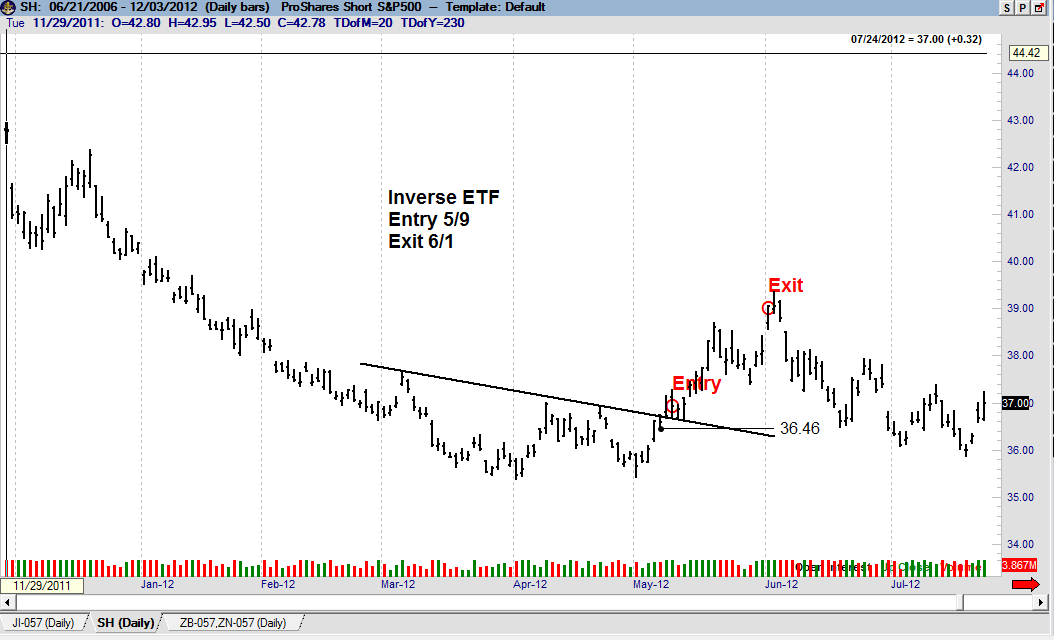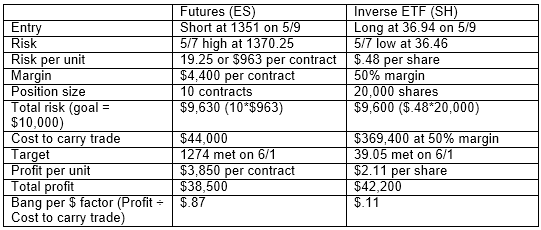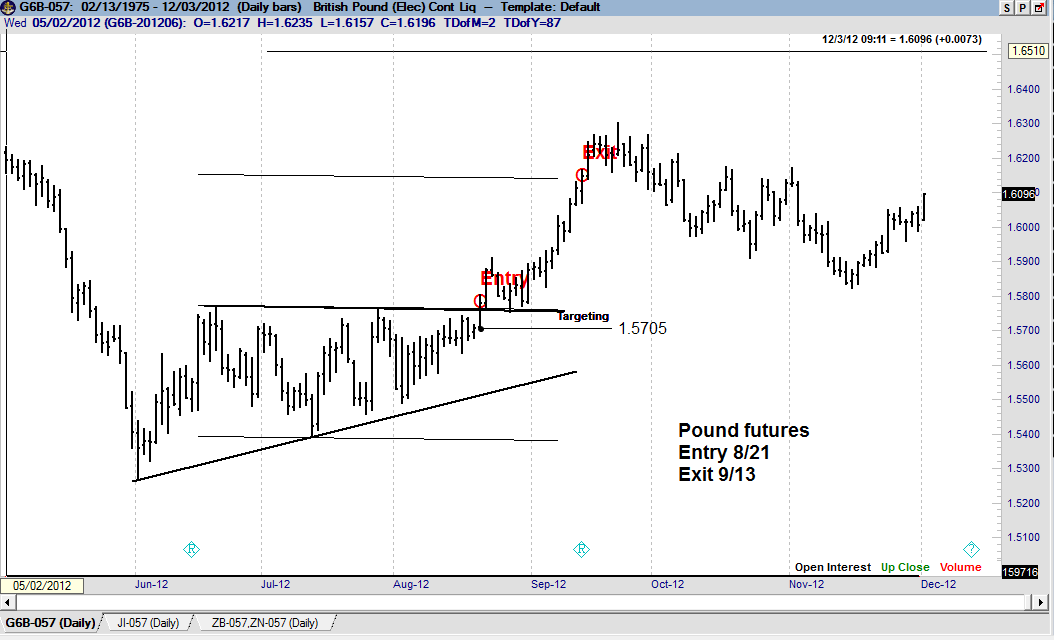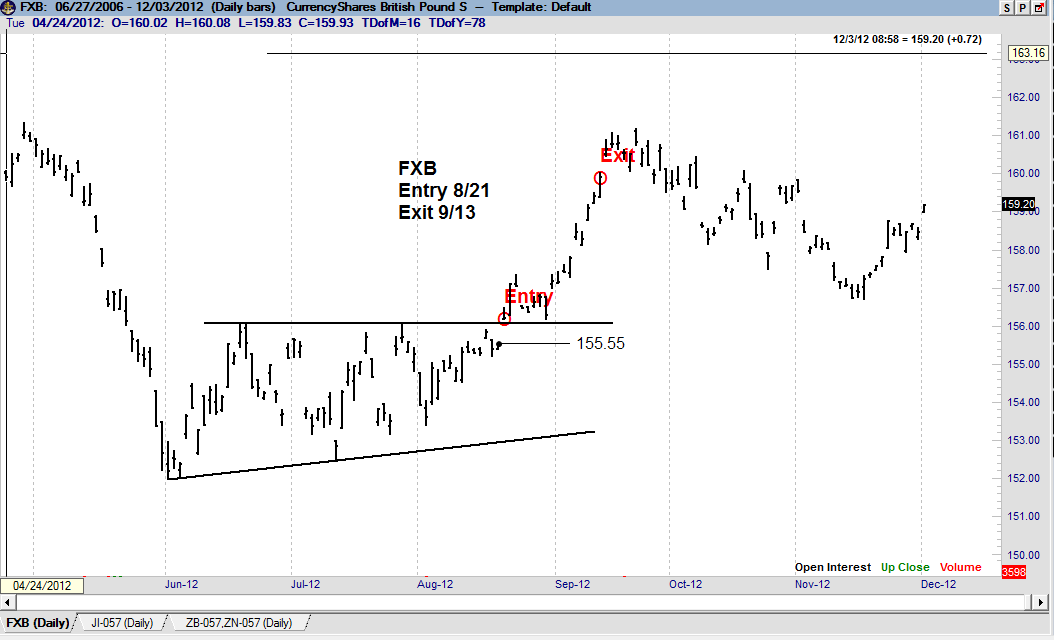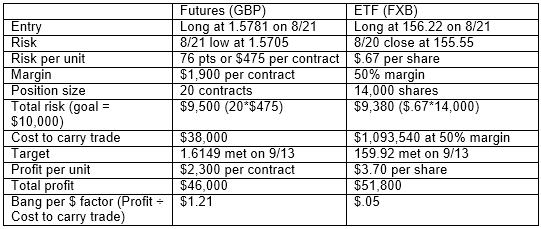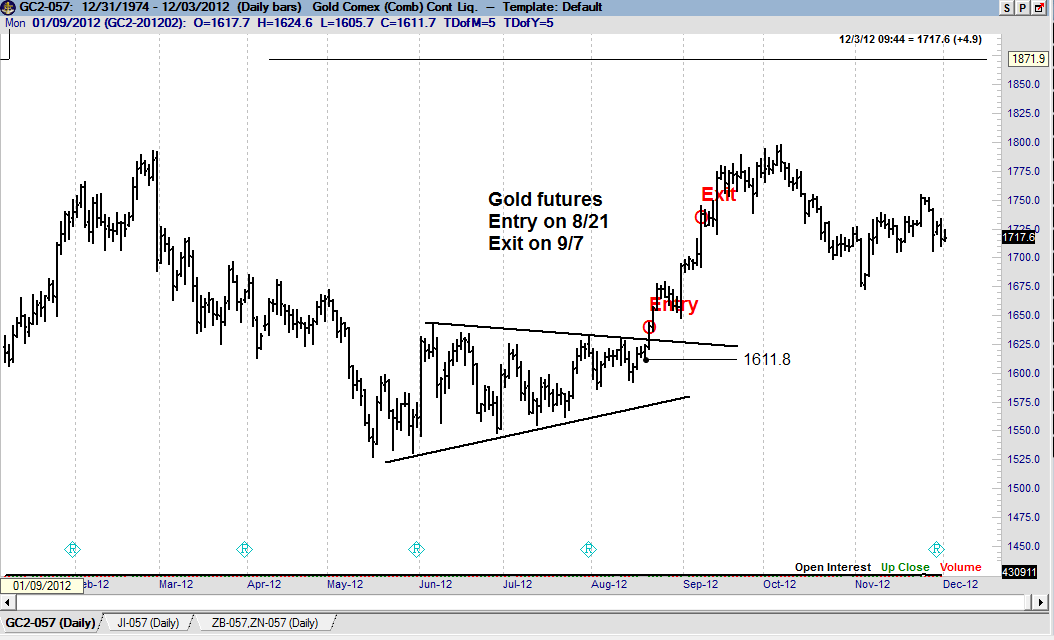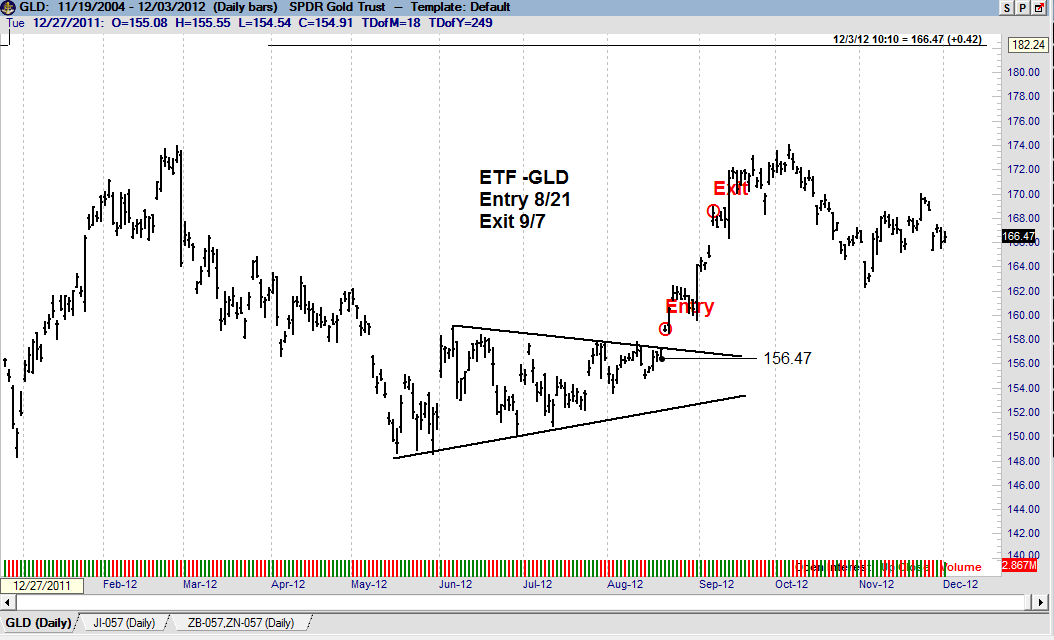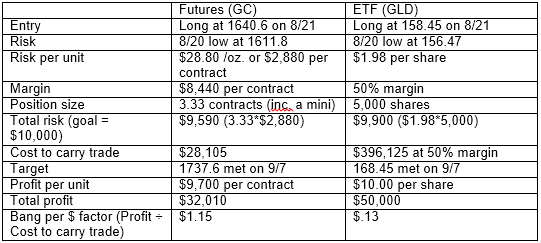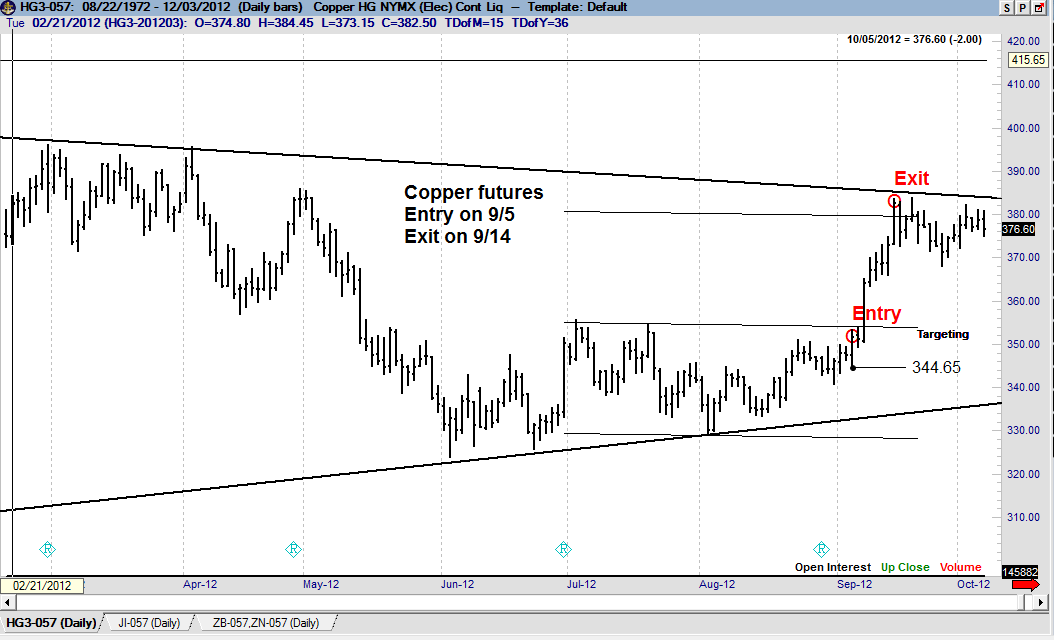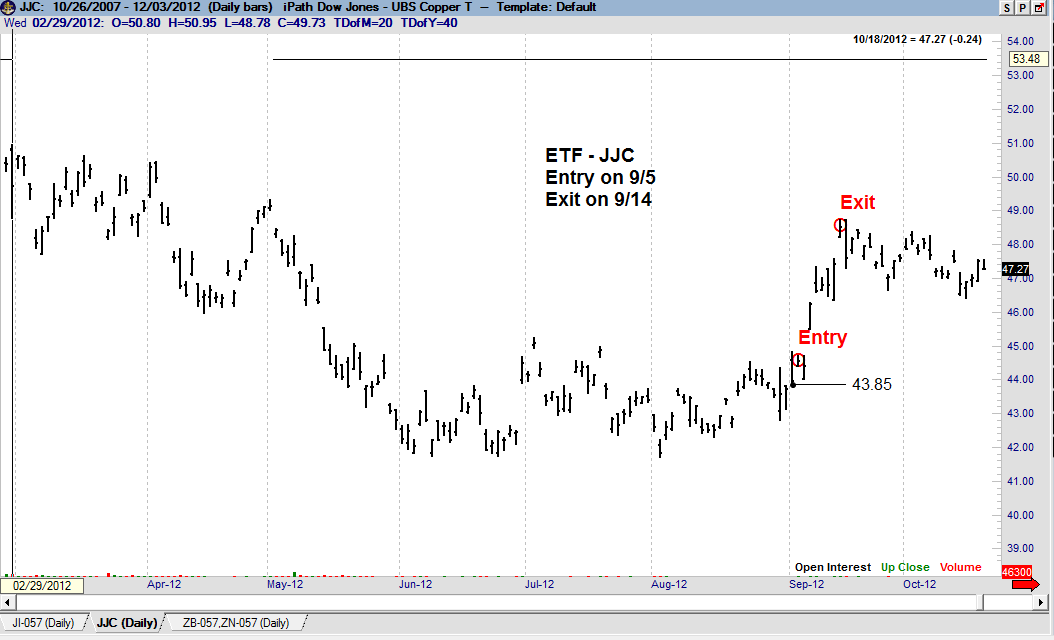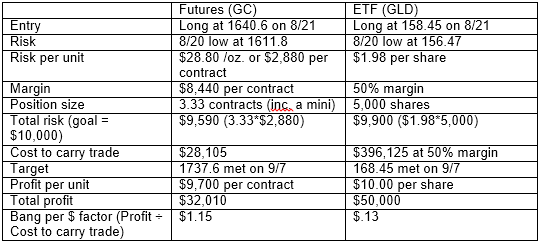Dominant Fundamental Factor
I have a theory about the U.S. stock market (and all other markets). I have no idea if I am right or wrong, but I believe with all my heart I am right.
The theory is that there is only one major fundamental or global macro factor (at the outside, maybe two) that drives a major trend in the U.S. stock market. I call this theory the “Dominant Fundamental Factor.”
All the other apparently important fundamental factors just create confusion and market noise.
All day long we witness market “experts,” brokerage firm research analysts, the talking heads on CBNC and Bloomberg and participants in social media (Twitter, private chat rooms, et al) present this fundamental data or that fundamental data as the factors they feel should be driving market prices. In 95% of the cases, the fundamentals presented by these voices are unimportant — the facts may be correct, but the fundamentals behind the facts presented are not “market drivers.”
Traders and analysts develop the opinion that the things they focus on are really important drivers of price.
- Cost of Silver production
- Fed policy
- Employment data
- Consumer optimism
- Factory production
- Rail traffic
- Earnings
- Corporate, private and government debt trends
- Inflows and outflows for mutual funds
- Cost of Crude Oil
- Trend in the U.S. Dollar
- China — when in doubt, talk about China
- Short interest
- Price of Gold
- Foreign competition
- Technological advances
- Corporate buy-backs
- And on and on it goes
Some analysts believe that the market is driven by the composite of all the above factors and more — it is their job to put all the pieces together.
To the above idea, I say B___ S___!
History shows us that major trends in the U.S. stock market are driven by a Dominant Fundamental Factor — and that all the other fundamentals were throw aways during the course of said trends.
The challenge is to figure out what the Dominant Fundamental Factor is for a major trend — and to stay focused on it. The difficulty comes about because the next major trend will be driven by a different Dominant Fundamental Factor.
In the meanwhile, most traders and “talking heads” are pursuing knowledge of things that just do not matter.
Think about it:
The market decline in Oct 2007 – Mar 2009 was driven by the mortgage crisis and related economic fall-out. Nothing else really mattered. The mortgage crisis was the Dominant Fundamental Factor. Focusing on anything else paid no dividend and only caused confusion.
The market turn-around from Mar 2009 through late 2011/early 2012 was driven by QE. A tidal wave of cash infusion overwhelmed every other global macro or fundamental element. QE was the Dominant Fundamental Factor. Focusing on anything else paid no dividend and only caused confusion.
The bull advance in U.S. stocks from early 2012 through late 2014 was driven by corporate earnings — and this was the Dominant Fundamental Factor. Focusing on anything else paid no dividend and only caused confusion.
I am not sure if there has been a Dominant Fundamental Factor driving the market from late 2014 through the present day — or perhaps, two Dominant Fundamental Factors have cancelled each other out (trend to NIRP vs. debt de-leveraging).
So, what will be the next Dominant Fundamental Factor. I am not sure, but I am sure of is this:
- There will be a Dominant Fundamental Factor, and it will drive the market.
- Traders who lock onto the single driver and do not become distracted will generate huge Alpha.
- Many analysts (some very skilled and brilliant people) will insist the market is wrong because it is not paying attention to the NOT Dominant Fundamental Factors they claim should be the drivers of price.
I, for one, post many graphs and charts on Stock Twits and Twitter showing reasons why the U.S. stock market should be responding in a certain way. Yet, if the data shown by the graphs do not represent the Dominant Fundamental Factor, then the data is just noise. The graphs are still interesting fodder, but they do not have any real importance.
This brings me full circle back to why I am a chartist. I am not smart enough to determine what the Dominant Fundamental Factor is at any given point in time. I do not have the knowledge of global macro factors to make this determination. But, I trust that the charts will show me the way — and that I will learn of the Dominant Fundamental Factor after the fact.
Perhaps the Dominant Fundamental Factor beginning to play out is the global chase for yield. This is a possibility. If so, this will nullify all other global macro considerations.
Many very smart people are pointing to the eventual outcome of global NIRP. We have never had negative interest rates like we are experiencing. There will be a huge price to pay for the reckless endeavors of global central bankers. Eventually the side effects of NIRP will be the Dominant Fundamental Factor. But I do not know when, or how things will play out.
Anyway, that is my two cents — and that is what my opinion is probably worth.
plb
###
